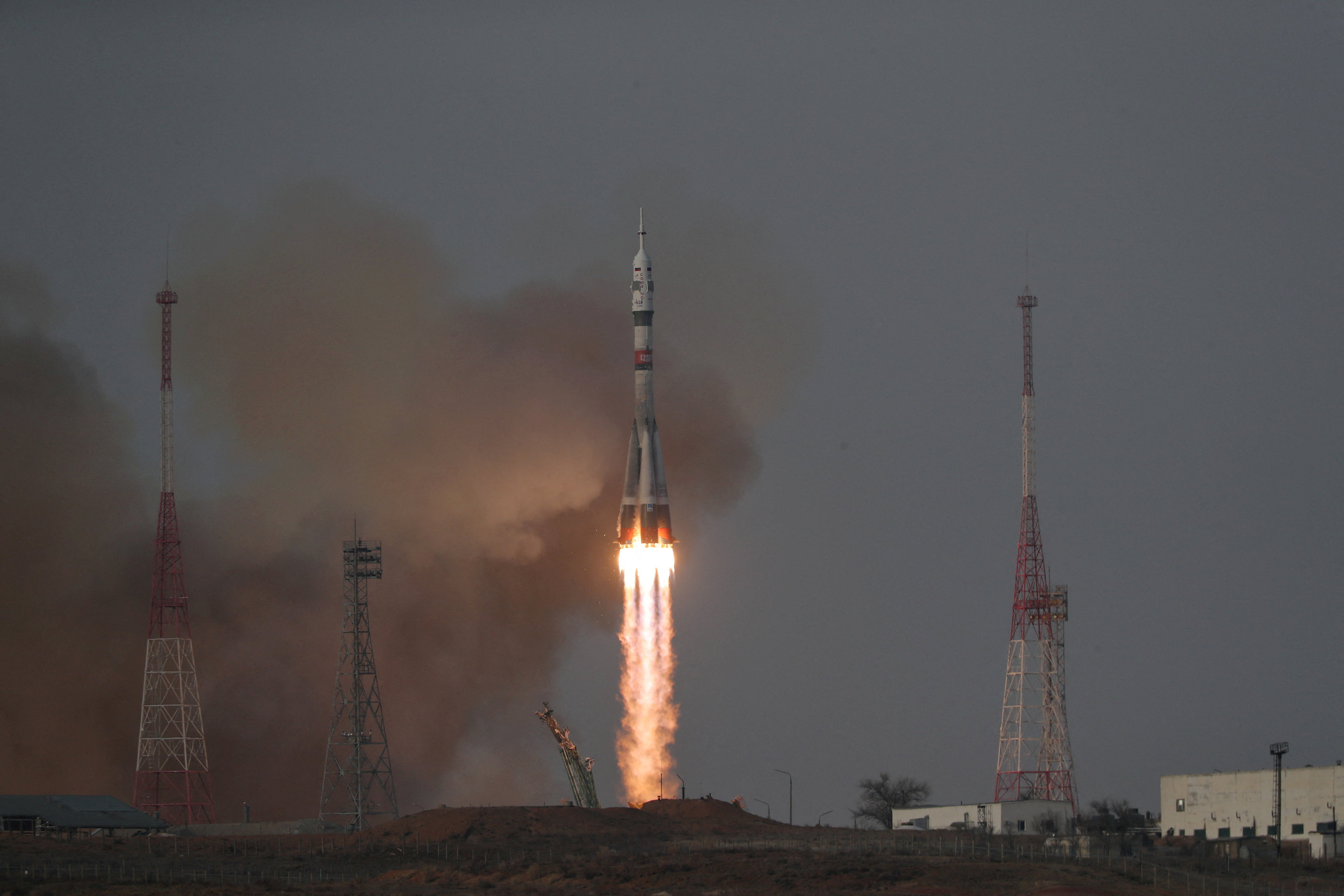Successful Launch from Baikonur Cosmodrome
A Russian Soyuz MS-28 spacecraft lifted off successfully on Thursday from the Baikonur Cosmodrome in Kazakhstan, carrying two Russian cosmonauts and one NASA astronaut to the International Space Station (ISS). The Soyuz 2.1a rocket launched at 12:28 pm Moscow time (0928 GMT), marking another step in ongoing international cooperation aboard the ISS.

The crew consists of Russian commander Sergei Kud-Sverchkov, embarking on his second mission, fellow cosmonaut Sergei Mikayev, and NASA astronaut Christopher Williams, both making their first flights into space.

Journey to the International Space Station
Following its lift-off, the Soyuz spacecraft was scheduled to make two orbits around the Earth before performing an automated docking with the ISS Rassvet module at 12:38 GMT. The operation was expected to proceed smoothly, in line with standard procedures for modern Soyuz missions.
Once docking is complete, the three crew members will join the existing ISS team, beginning their planned eight-month mission. During this period, they will conduct scientific research, perform maintenance activities, and support ongoing experiments aboard the orbital laboratory.
A New Phase of Space Collaboration
The mission underscores continued collaboration between Russia’s Roscosmos and NASA, maintaining a long-standing partnership in human spaceflight. Commander Kud-Sverchkov brings valuable experience to the crew, having previously flown aboard the ISS, while Mikayev and Williams will contribute fresh expertise and perspectives to the international mission.
The crew is expected to return to Earth in late July 2026, following a comprehensive schedule of scientific experiments and operational work. Their mission further strengthens global efforts in space exploration, research, and cooperation in orbit.
with inputs from Reuters


